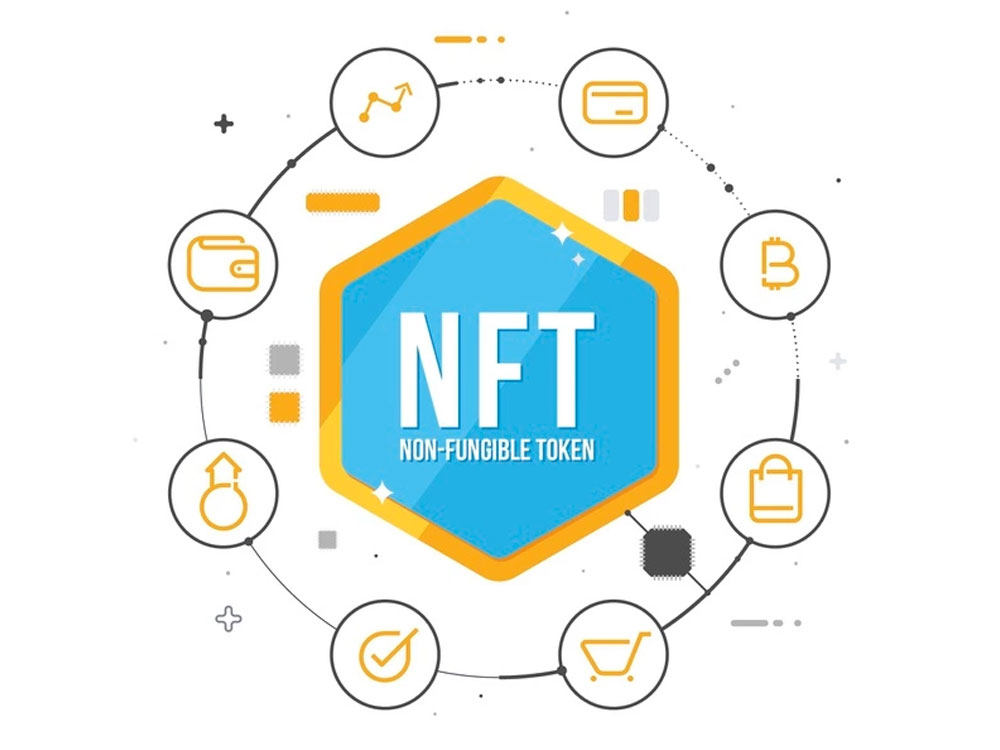NFT
Business Plans
BUILDING DIGITAL ASSETS THROUGH NFT STRATEGIES
What is NFT?
Any digital asset whose ownership is recorded on the blockchain can be an NFT, which is generally art, collectibles, and other unique goods used in games or virtual worlds. Blockchain-native firms are unlocking the ideal commercial models for the technology as corporations enter this new industry, while older organizations are studying how to exploit these assets inside existing business models.
NFT business - How to make money?
It's time to learn about the industry, how to create NFT business plan and how to make money using NFTs. We all understand that the goal of any business is to make money. A business model aids in the formation, development, and maintenance of a company. The most popular way for enterprises to make money in this ecosystem is by selling NFTs. Because there is abundant demand for virtual goods, this business model is an unequivocal and undeniable choice. And as per the latest reports, it also performs admirably.
As previously stated, the most common approach for companies in the NFT ecosystem to generate revenue is through selling NFTs directly to users. Video game producers and creators, for example, have already entered the NFT market. The revenue generated by the NFT business accounts for the majority of the total revenues. Experts believe that selling NFTs directly to customers will generate revenue in the near future.

Keys to NFT Success
When creating the NFT pitch deck for clients, it should echo the excellent unit economics and include the following points -
- Low marginal cost
Virtual trading cards or comics have a lower marginal cost of manufacture and dissemination than traditional physical trading cards or comics. While both need upfront expenses for designers, selling assets through a digital channel saves thousands of dollars in printing production costs, as well as the time and effort required to manage retail channels to get products into stores. Converting digital artwork into NFTs necessitates paying "gas fees" to mint tokens on a blockchain, which can cost up to $150, as well as a tiny monthly subscription charge, which varies depending on which platform or marketplace you choose as an outlet.
- Improved customer engagement
- Limitless potential
Intellectual property rights are also important to consider, however, this is still a developing field. Because there is no legal precedence in the United States for NFT ownership, a number of significant questions about authors' retention of commercial rights and future licensing are still being contested or refined, says the experts.
Finally, the ecological impact must be taken into account. The Ethereum network, which generates as much carbon as some small countries, is where most NFTs are traded and exchanged. That's large because the decentralized consensus technique it uses to validate transactions, known as proof of work, necessitates a lot of computational power. Companies, as well as individual artists, may face backlash or loss of sales from environmentally concerned clients.

- Know the Risks
So, what's keeping your organization from joining the NFT bandwagon? Even a believer like me realizes that the industry is in its infancy and is largely unregulated. To begin with, not all NFTs are the same. Yes, the ownership certificate kept on the public blockchain ledger is immutable and unforgeable. It's important to understand, though, that this token is only a link to a digital file stored on a server. And not every server is the same.
Link rot, which occurs when hyperlinks break, is a severe issue. This usually occurs when the target file is relocated to a new server without the connection being updated, or when the server goes down. Keep track of where the digital file is stored when making or purchasing an NFT. The likelihood of the NFT being lost increases dramatically when it is stored on a local server. A public cloud storage solution decreases this danger, but a decentralized server is even better. You should also make sure the token's metadata is saved on a decentralized server.
For a free assessment of your situation and needs, fill out the form below and an expert will respond shortly.
